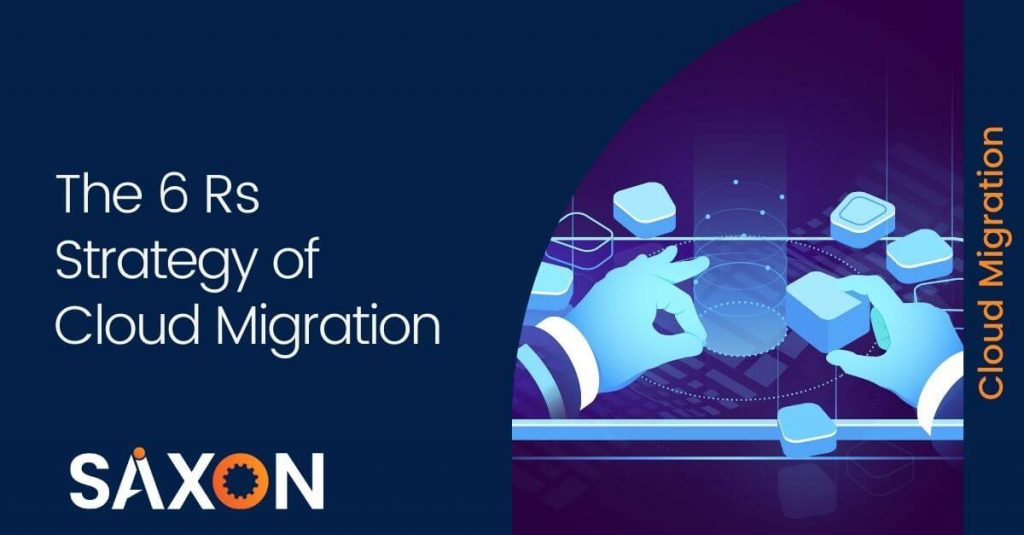There are plenty of reasons to move to the cloud, expanding into new markets, boosting the performance, revamping applications, or only saving the cost by ending on-premises infrastructure.
Cloud migration becomes easy when you are connected with the right partner and chose the right strategy. There are six fundamental strategies for cloud migration. In other words, without 6Rs, no cloud migration can happen.
The migration process should start with migrations readiness assessment where your cloud technology partner will help in understanding the technical, financial, and operational challenges related to the migration process. Once you are ready with your list of challenges, a cloud technology partner will help you decide which Rs are appropriate for your cloud migration journey.
Let’s understand each of the 6Rs:
1 – Rehost:
When enterprises want to migrate quickly with little to no modifications, they follow this approach. Once you start understanding what you are doing and how the cloud is working for your enterprise, you can scale up. It is also referred to as ‘lift and shift’ strategy because it needs little or no modifications in current workloads.
2 – Replatform:
This strategy requires a few modifications in the current workloads to get some benefits from the cloud. However, the modifications will not change the core architecture.
3 – Repurchase:
As its name suggests, this approach includes buying new services or products to include some changes in the current cloud infrastructure. This strategy is implemented when you are already in the cloud and wish to transit some workloads
4 – Refactor (Rearchitect):
When enterprises need to include cloud-native features such as scalability and business agility, they adopt the rearchitecting approach. This is the most aggressive and complicated approach; it needs an overhaul of the workloads.
5 – Retire:
While moving to the cloud, there could be some applications that you do not need anymore. Thus, you need to determine those applications and assets so that you can turn them off without impacting the migration process. Your cloud technology partner will assess and identify those redundant applications to shut them down, resulting in cost savings.
6 – Retain:
If you think migration means getting rid of everything old and move into the new, you’re mistaken. Some IT elements in your environment can easily be retained in the new infrastructure. Thus, you need to prepare a plan to identify IT assets that you can retain in your IT infrastructure. Moreover, the retention of some IT assets will help you save costs.

